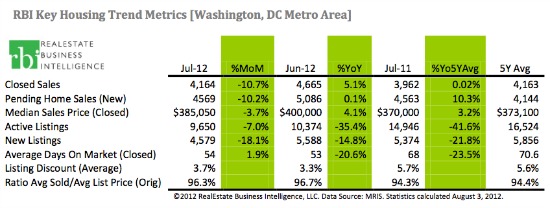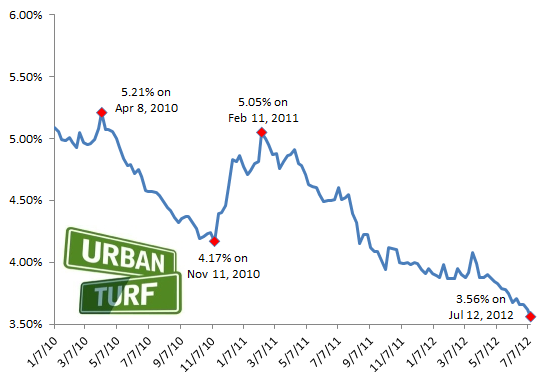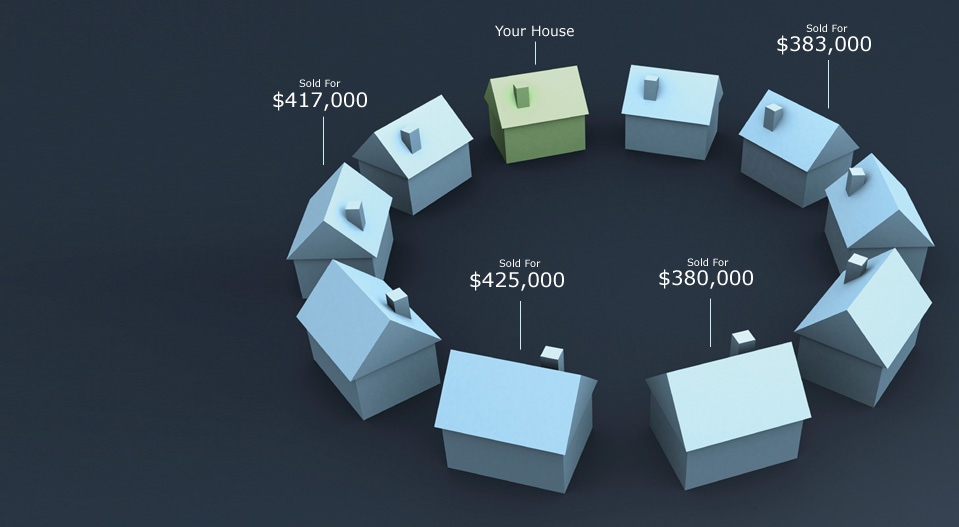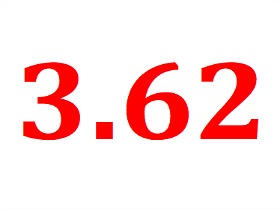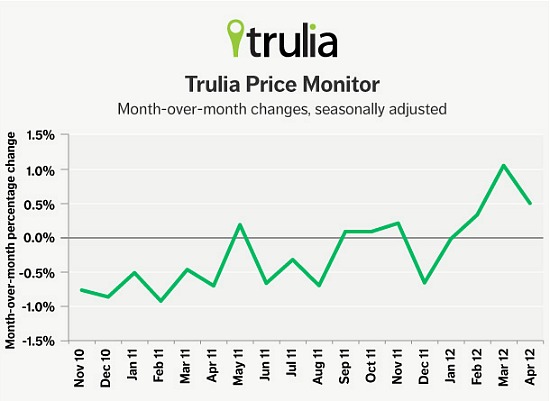In future decades, Washington promises to become a world-class city. But this optimistic prediction, the subject of my previous column, paints a picture with one notable blemish. As the city’s population and urban vitality grow, affordable housing choices for the economically disadvantaged will shrink.
Declining affordability will be the victim of the laws of supply and demand.

As Washington thrives, the cost of living and real estate values inevitably will rise because more people will be competing for a relatively constrained amount of housing. In parts of the city, future development and additional density eventually will be limited by zoning and height and historic preservation policies and regulations. Less developable real estate will make affordable housing even more difficult to create and sustain.
Can housing be made significantly more affordable through innovative engineering and architectural design using new technologies? Such innovation can contribute only marginally to enhancing affordability. Regrettably, increases in land, labor and material costs due to inflation persistently outstrip savings attributable to design.
Consequently, part of D.C.’s population, many of whom are low-income African American and Hispanic residents, will find themselves increasingly priced out of the housing market. Retirees, minimum-wage earners, the unemployed and the underemployed will be most affected.
The housing affordability challenge is not unique to the District. Many U.S. municipalities and urbanized counties face this challenge. And the problem will worsen in the future unless current housing policies and priorities change.
But will policies and priorities ever change? Today’s political and fiscal environment, and the probable future environment, suggest that the answer is resoundingly no.
No matter how successful the United States is in restoring a healthy economy, creating jobs, expanding credit and improving the quality of primary and secondary education, some portion of our population always will be hard-pressed financially. Those better off may lament this. But lamentation will not stop them from enjoying the benefits of the low-cost labor of millions of minimum-wage workers who enable goods and services to be priced affordably.
In Washington, the economically disadvantaged will have increasing difficulty finding an affordable place to live. Their incomes will be too small to cover the cost of market-rate, unsubsidized housing. And in a few decades, much of today’s unsubsidized but still relatively affordable housing, after being refurbished or replaced, will be unaffordable.
Ultimately, financial subsidies always will be necessary to create new affordable dwelling units or to preserve and sustain existing ones. And the amount of subsidy is inversely proportional to household earnings: The closer a tenant’s income is to poverty level, the more housing subsidy is needed.
If housing affordability always depends on financial subsidy, from where will future subsidies come?
From the federal government? The amount of direct subsidy currently provided by the federal government, while helpful, makes a very small dent in meeting housing needs. Affordable-housing subsidy is near the bottom of the priority list for most U.S. voters and members of Congress. This is unlikely to change, even if and when the United States gets its fiscal house in order.
Tax credits for investing in affordable-housing projects attracts capital for such projects and lowers development financing costs. But this indirect subsidy strategy catalyzes relatively little housing production or rehabilitation in comparison with the total need.
From the states? Struggling to cope with falling or stagnant tax-revenue levels, rising public-service costs and persistent budget imbalances, few states will be willing or able to allocate much of their budgets to subsidize housing.
This leaves counties, cities and the private sector. Again, despite good intentions, their efforts to create and sustain affordable housing, whether through directly budgeted subsidies or tax and density incentives, will fall far short of meeting persistently growing shortages.
To make matters worse, America’s inventory of affordable dwelling units is decreasing rather than increasing. As government-subsidy contracts expire, affordable-housing projects are being converted to market-rate housing. Quantitatively we are not even breaking even.
The painful reality is that the nation, in general, and Washington, in particular, seem unlikely to address housing affordability at a meaningful scale. For some citizens, affordable housing is of low priority for economic reasons. For others, it’s a matter of political ideology. They believe that government should play no role at all in producing affordable housing. They would oppose housing subsidies even if funds were available.
What will Washington be like in, say, 2050? Much of its real estate will be expensive, and its population will be more ethnically diverse. Fewer residents will be facing poverty because most of the economically disadvantaged will have moved to outlying counties, cities and towns where unsubsidized housing still may be affordable. But they will face another problem. Depending on where they work, they could spend a lot of their time and hard-earned money commuting.
Source: Washington Post











